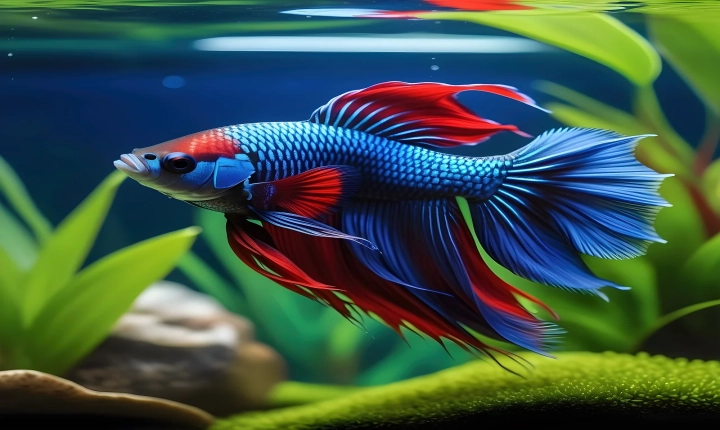Title: Exploring the World of Art with AI: Techniques and Applications
Artificial Intelligence (AI) has revolutionized almost every industry and art is no exception. With the increasing capabilities of AI, artists now have access to a wide range of tools and techniques that can enhance their creative process and bring new dimensions to their works. From generating art to aiding in the creative process, there are numerous ways in which AI can be utilized in the world of art.
Generative Adversarial Networks (GANs) are one of the most popular methods used in AI art. GANs are a type of neural network that consists of two parts – a generator and a discriminator. The generator creates new images or art pieces, while the discriminator evaluates and provides feedback on the generated art. This iterative process allows the AI to generate highly original and often surreal pieces of art that can serve as a source of inspiration for artists.
Another remarkable application of AI in art is style transfer. This technique allows artists to apply the visual style of one image to another. By utilizing deep neural networks, AI can transform a photograph or a painting to emulate the style of a famous artist or a specific art movement. Through style transfer, artists can explore new artistic avenues and experiment with various styles without having to manually create each piece from scratch.
Furthermore, AI and machine learning algorithms can be employed to analyze and interpret large collections of art, enabling artists and art historians to uncover patterns, trends, and influences that may not be immediately apparent. This can provide valuable insights into the evolution of art movements and help artists understand the underlying principles that govern artistic expression.
AI-powered tools can also assist artists in the creative process. For instance, AI can be used to generate color palettes, suggest compositions, or even provide feedback on a work in progress. By leveraging AI, artists can streamline their workflow and access a wealth of creative resources that can help them bring their artistic visions to life.
In addition to aiding traditional art forms, AI has also opened up new frontiers for digital and interactive art. From interactive installations to virtual reality experiences, AI can be used to create immersive and engaging artworks that blur the boundaries between the physical and digital realms. These cutting-edge applications allow artists to explore innovative modes of artistic expression and engage with audiences in novel ways.
Despite the exciting possibilities that AI offers in the world of art, it is important to acknowledge the ethical implications and limitations of AI-generated art. Questions about authorship, originality, and the role of the artist in the creative process have arisen as AI continues to impact the art world. It is crucial for artists to be mindful of these considerations and to use AI as a tool for exploration and augmentation rather than as a replacement for human creativity.
In conclusion, the integration of AI in art has ushered in a new era of creative possibilities. From generating novel art pieces to aiding in the artistic process, AI has become a valuable tool for artists seeking to push the boundaries of traditional artistic expression. By embracing the potential of AI, artists can harness its capabilities to expand their artistic horizons and create works that embody the synergy of human ingenuity and technological innovation. As AI continues to evolve, it will undoubtedly continue to shape the future of art and inspire a new wave of artistic innovation.
